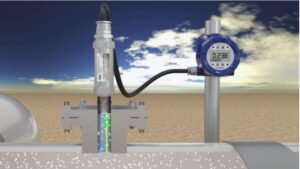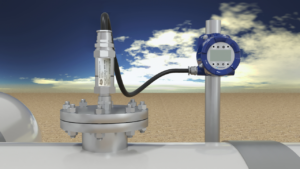Natural Gas
Natural Gas Industry
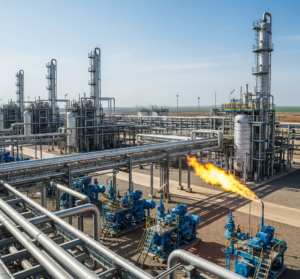 In the vast and complex natural gas industry, from wellhead to burner tip, maintaining gas quality, ensuring safety, and preventing infrastructure degradation are paramount. A critical factor in achieving these objectives is the precise and continuous monitoring of oxygen (O2) concentrations. The presence of even trace amounts of O2 in natural gas can lead to severe operational issues, safety hazards, and significant financial losses.
In the vast and complex natural gas industry, from wellhead to burner tip, maintaining gas quality, ensuring safety, and preventing infrastructure degradation are paramount. A critical factor in achieving these objectives is the precise and continuous monitoring of oxygen (O2) concentrations. The presence of even trace amounts of O2 in natural gas can lead to severe operational issues, safety hazards, and significant financial losses.
Why O2 Analysis is Critical in Natural Gas:
- Corrosion Prevention: Oxygen in natural gas, especially in the presence of water (H2O) and hydrogen sulfide (H2S), can form highly corrosive compounds like sulfuric acid (H2SO4). This leads to internal pipeline and equipment corrosion, compromising the integrity of infrastructure, causing leaks, and necessitating costly repairs and replacements. Continuous O2 monitoring is essential to prevent this degradation.
- Safety Hazards: While natural gas itself is flammable, the introduction of oxygen can create explosive mixtures. Uncontrolled O2 ingress, often due to leaks in pipelines, compressors, or storage facilities, significantly increases the risk of fires and explosions throughout the production, transmission, and distribution network. Real-time O2 analysis acts as a vital early warning system for potential safety breaches.
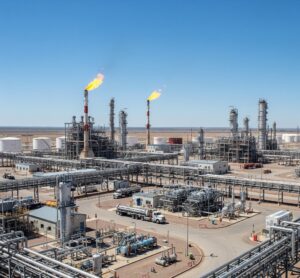 Process Efficiency and Product Quality:
Process Efficiency and Product Quality:
Degradation of Amine and Mercaptans: Oxygen can degrade chemicals used for removing impurities like carbon dioxide (CO2) and hydrogen sulfide (H2S), reducing their effectiveness and increasing operational costs.
Reduced Heating Value: Oxygen adds no heating value to natural gas, and its presence can dilute the product, leading to a lower quality gas and potential contractual penalties.
Catalyst Poisoning: In gas processing plants, oxygen can poison catalysts used in various purification and conversion processes, leading to reduced efficiency and costly catalyst replacement.
- Custody Transfer and Compliance: Strict contractual specifications often govern the maximum permissible O2 levels in natural gas, particularly at custody transfer points. Accurate and reliable O2 measurement ensures compliance with these standards and avoids financial penalties.
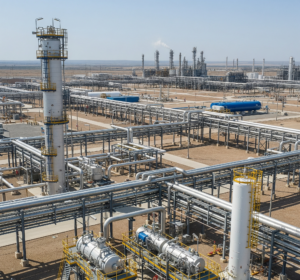
For further details and specifications
Choose the PDF files to download
MOD 1040 in Natural Gas Applications
Download PDF
Please choose at least one file

